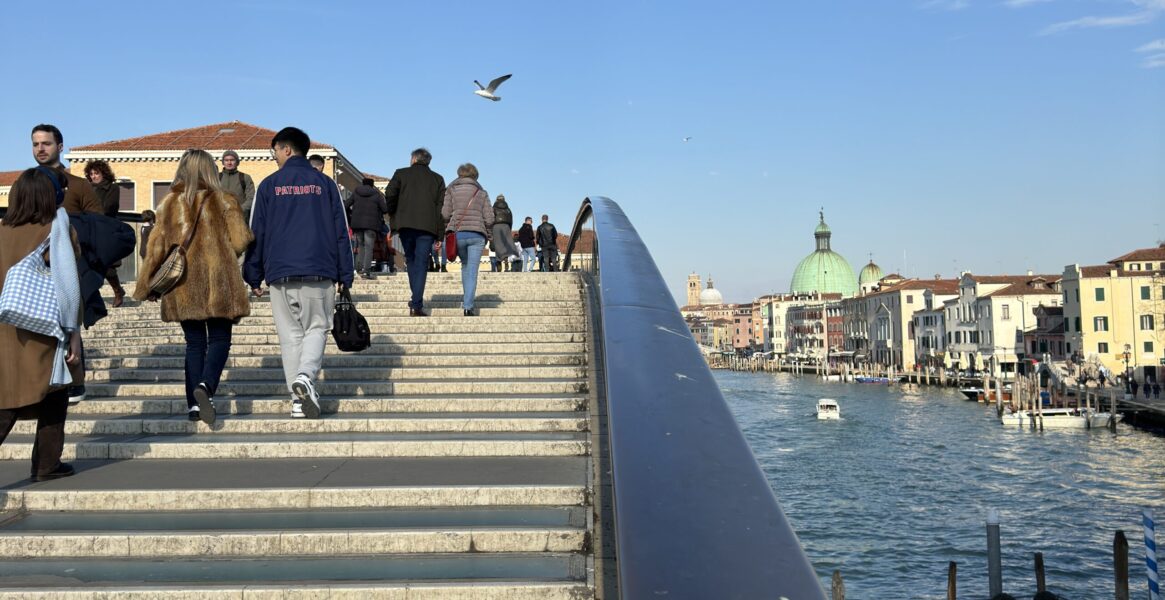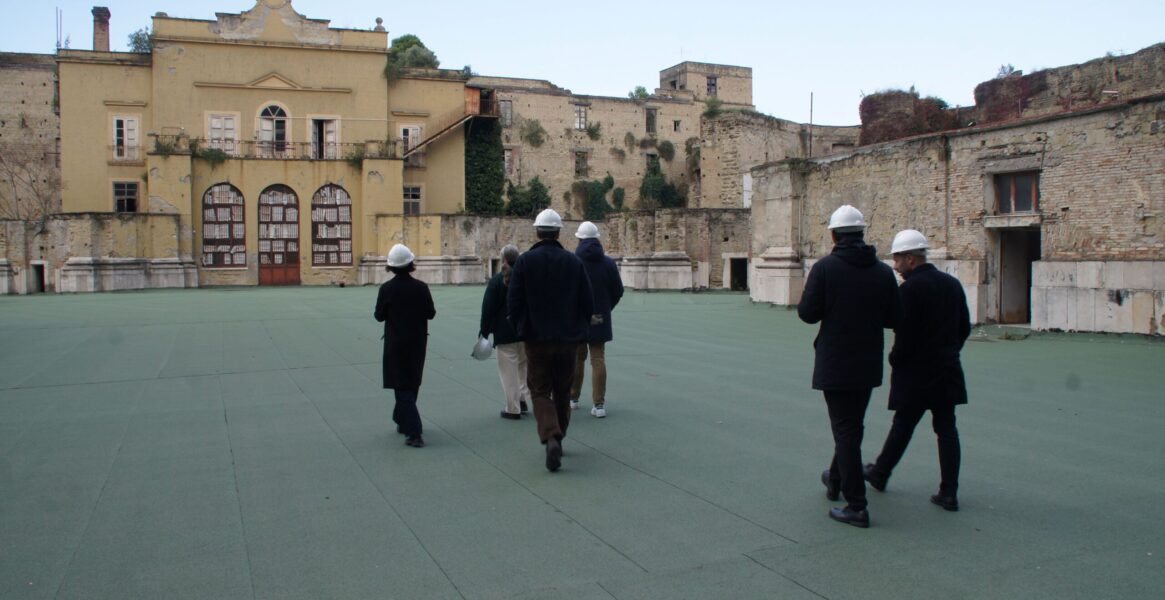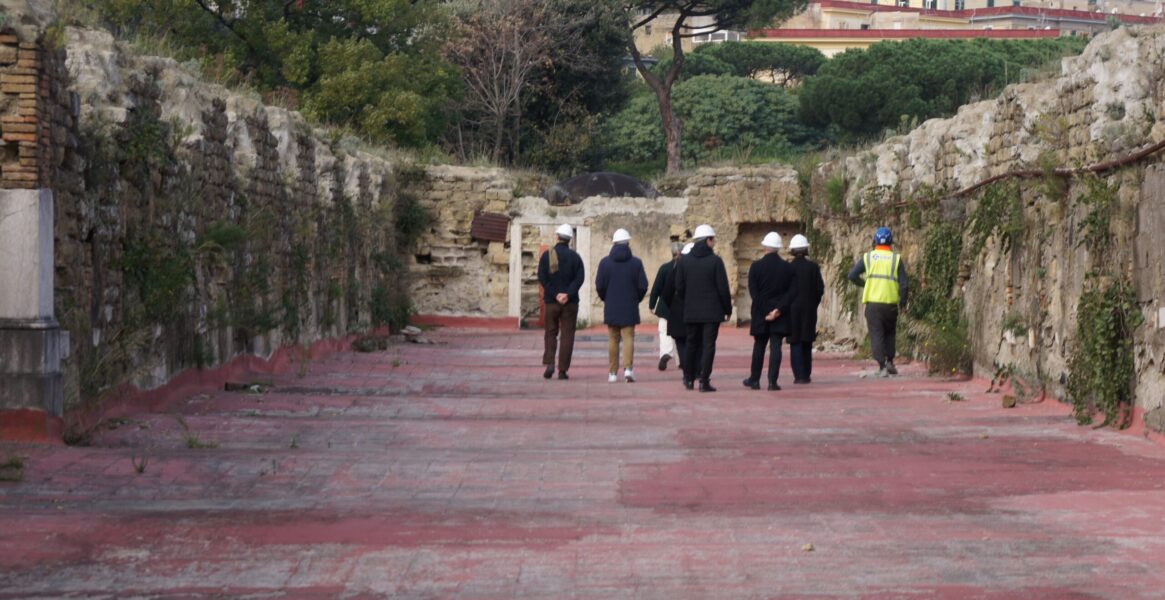Transnational Urban Projects Assembled within Cultural Heritage Sites
Cultural heritage has become a key asset in public and private investments as an element to enhance the image, tourist attractiveness, and retail appeal of an area, city, or even an entire region. While promising the physical conservation or restoration of cultural heritage, these processes may come at the expense of using transformative projects to generate and extract economic value from places, their uses, and cultural meanings. Today the process of heritage recognition and economic appreciation is generally expected to be driven by high-level technical expertise (e.g. UNESCO and transnational architectural firms) and public interventions rather than community-driven initiatives and political interaction. However, this policy approach can be ineffective due to conflicting planning powers at different levels, inconsistent visions, local activism and antagonism, and other contingent reasons. In fact, much less is known about how these actors interact in localized processes of urban transformation and appreciation of cultural heritage or the stark frictions that occur inside organizations and institutions within design and decision-making processes.
This matter is quite relevant in policy practice in Europe, and especially in Italy, the country with the highest number of UNESCO World Heritage Sites in the world. Despite the practical relevance, almost no research findings nor policy guidance explicitly explore these urban planning and design processes nor their effects in enhancing or hampering the protection, access, and valorization of heritage following the project completion.
The TUPACH Project breaks new ground by utilizing assemblage theories and methodologies to debunk typical assumptions regarding the role of transnational actors and projects in heritage-rich cities, pose innovative questions, and collect new evidence. The research will develop and draw on six case studies of transnational projects in the heritage-rich contexts of Naples, Rome, and Venice. The TUPACH Project will generate evidence-based policy guidelines for heritage-rich cities in Italy and Europe to promote better accessibility, protection, and valorization of heritage within urban projects. These findings and guidelines will positively impact the architectural, urban design, and planning disciplines as well as the governance of complex processes of transformation in heritage-rich contexts to better meet the goals of Horizon Europe Strategic Cluster 2 of Culture, Creativity, and Inclusive Society.
The findings will inform about how trans-local heritage knowledge is created and translated into technical documents and procedures, as well as the issues and obstacles addressed in the assemblage, specifically regarding heritage protection, accessibility, and valorization. In addition to the academic outputs, the evidence-based guidelines for architectural and urban projects in heritage-rich contexts will represent a critical tool for a range of practitioners. Local decision makers and heritage actors as well as transnational design firms will understand how to better work and collaborate within heritage-rich contexts.
Researchers
Federico II University of Naples
- Laura Lieto
- Capucine Tournilhac
- Bruna Vendemmia
- Sveva Ventre
Politecnico di Milano
- Davide Ponzini;
- Zachary M. Jones
- Paolo Scrivano
IUAV University of Venice
- Matteo Basso
- Carla Tedesco
- Marco Antonio Minozzo Gabriel
Advisory Board members
- Paolo Bartorelli (Head of the UNESCO department, Italian Ministry of Foreign Affairs and International Cooperation)
- Pietro Buffa (Partner of Propp srl)
- Ricky Burdett (Professor of Urban Studies and Director of LSE Cities, London School of Economics and Political Science)
- Maria Gravari Barbas (Professor of Geography and Director of EIREST, Paris 1 Panthéon-Sorbonne University)
- Cristina Loglio (Board Member, Touring Club Italiano)
- Jordi Pascual (Coordinator of the Committee on Culture, United Cities and Local Governments)
- Matthias Ripp (Organization of World Heritage Cities and Woxsen University)
- Antonio Paolo Russo (Professor of Urban Geography, Rovira i Virgili University)
Year 1 Activities and Results
In June 2024, researchers from the project presented their initial findings in Naples at the 2024 SIU Congress Novel Territorial Ecologies – Cohabiting Changing Worlds as part of the session Mondializzazione e riconfigurazione di territori. The papers presented were:
- Progetti urbani transnazionali e il loro assemblaggio locale. Un’esplorazione bibliografica (Davide Ponzini, Zachary M. Jones, Paolo Scrivano)
- Progetti transnazionali in città UNESCO: Mappatura, analisi e questioni nelle città italiane (Davide Ponzini, Zachary M. Jones, Anita Martinelli)
- Architetture transnazionali e trasformazioni in aree UNESCO: il caso della Stazione Municipio di Napoli e la necessità dell’integrazione multidisciplinare (Anita Martinelli, Sveva Ventre)
- Il ponte di Calatrava a Venezia tra progetti transnazionali e pratiche d’uso quotidiane: intenzionalità e materialità fra visioni, strategie e progetti (Matteo Basso, Marco Minozzo, Carla Tedesco)
On Friday, June 14 we organized an International Symposium with members of the TUPACH Advisory Board to present and discuss the initial findings of the research and in particular reflect on the literature-reinforced hypotheses.
In July 2024, we also participated at the 36th AESOP Annual Congress 2024 Paris, France
“GAME CHANGER? Planning for just and sustainable urban regions”. As part of the Track 14: Policy Mobility we presented two papers:
- Exploring The Socio-Material Assemblage Of Transnational Urban Projects (Davide Ponzini, Zachary M. Jones)
- Transnational Projects In Unesco World Heritage Sites And Buffer Zones: Mapping, Analysis, And New Questions For Planning And Cultural Heritage Policies (Davide Ponzini, Zachary M. Jones, Anita Martinelli)
On July 10, 2024, the TUPACH team also organized a dedicated round table Transnational Urban Projects within Cultural Heritage Areas: Exploring Assemblages, Intersections, and Transformations. We presented some of the initial findings from the case studies and reflected on the main emerging issues with a set of invited scholars.
Year 2 Activities and Results
At the start of the second year, we organized the Assembling Heritage event at IUAV University on December 17. In the morning, we invited Francesco Bandarin to present and discuss his 2024 book Changing Heritage. In the afternoon, the TUPACH team presented the initial findings from three of the case studies. The full program and recording of the morning session can be found here.
In April 2025, the researchers organized three thematic workshops on Heritage Protection, Accessibility, Valorization in Naples. The TUPACH Research Project, in conjunction with a PNRR PhD Research project, invited decision makers, experts, and community members to participate and discuss the intermediate research findings and develop relevant policy propositions. Each workshop drew on specific case studies from the research project to address one of the three key heritage issues of protection, accessibility, and valorization. More information on the event program and activities can be found here.
Following the workshops, a seminar series was then held at Politecnico di Milano to present to the public the findings from the case studies in Venice and Naples. The series examines the roles of technical expertise, urban policies, and local communities in heritage preservation, transformation, and valorization. The challenges and frictions of such processes of urban transformation will be discussed and more information on the seminars can be found here.
La ricerca è sostenuta dal progetto PRIN 2022 PNRR Transnational Urban Projects Assembled within Cultural Heritage sites (finanziato dall’Unione Europea – Next Generation EU, visto il D.D. n. 1409 del 14/09/2022, PNRR, Missione 4 Istruzione e ricerca – Componente 2 Dalla ricerca all’impresa – Investimento 1.1; Numero protocollo di progetto: P2022FXFZ5 _ CUP: D53D23020140001)









